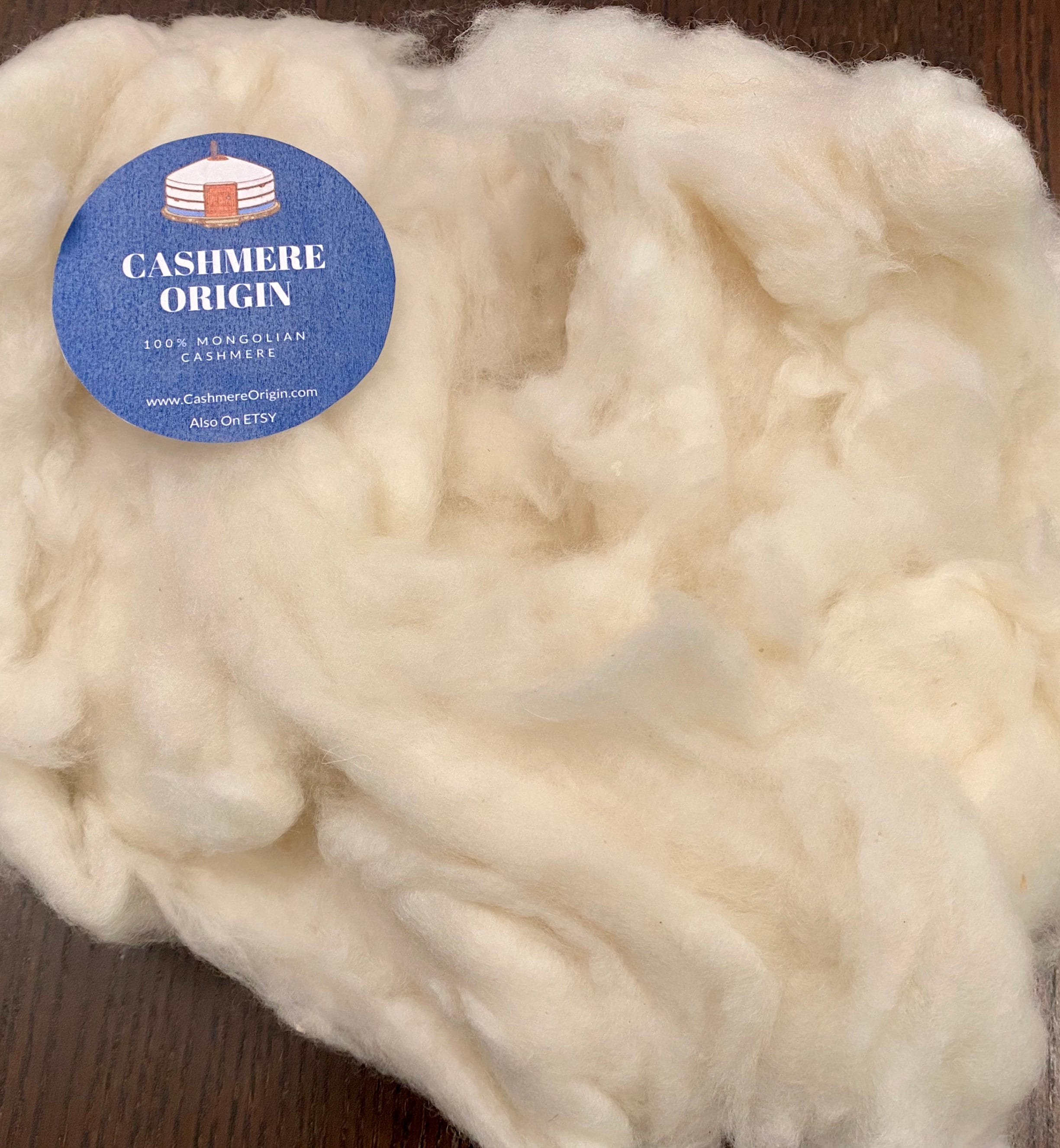How to Maintain Your cashmere Garments and Keep Them Fresh
How to Maintain Your cashmere Garments and Keep Them Fresh
Blog Article
Understanding the Different Kinds Of Cashmere a Natural Fiber and Their Special Benefits

The Beginnings of Cashmere: A Historic Overview
While the glamorous touch of cashmere proceeds to beauty modern-day customers, its beginnings map back to the rough, cool environments of Mongolia and the Himalayas. For centuries, the indigenous peoples of these areas have actually been increasing Capra Hircus goats, the prime resource of cashmere woollen. These goats, durable versus the serious winters months, grew a great undercoat to make it through, which later on ended up being referred to as cashmere. The name itself pays tribute to Kashmir, a region in India where the woollen was initially refined. Much of the very early cashmere trade path was assisted in by the Silk Roadway, linking Asia with the Middle East and Europe. In spite of its international spread, the finest cashmere is still believed to originate from the original areas of Mongolia and the Mountain Ranges.

The Manufacturing Process: From Goat to Garment
Shearing a Capra Hircus goat marks the creation of the complex cashmere production process. The resultant raw cashmere is then washed to get rid of impurities such as dirt, oil, and veggie matter.
The tidy fiber goes through dyeing, rotating, and weaving, or knitting, to transform it into a fabric. Complex treatments such as quality assurance checks and completing processes follow, making sure the end item maintains the glamorous requirement expected of cashmere. This meticulous process, from goat to garment, validates the high price affixed to cashmere items, making them an icon of deluxe and improvement.
The Numerous Kinds Of Cashmere: An Extensive Evaluation

The Distinct Advantages of Cashmere: Convenience and Sustainability
Moving from the variety of cashmere kinds to the advantages they supply, comfort and sustainability stand out plainly. Cashmere, a natural fiber, is renowned for its unrivaled softness, offering a level of comfort that artificial fibers can not match.
When it involves sustainability, cashmere is eco-friendly and eco-friendly, as it's collected from cashmere goats that regrow their layers annually. what is cashmere. Unlike synthetic fibers which can take hundreds of years to decay, cashmere's influence on the environment is marginal. This combination of comfort and sustainability makes cashmere an advantageous selection for aware consumers

Caring for Your Cashmere: Maintenance and Conservation Tips
While cashmere is definitely a sustainable and glamorous choice, it requires details like preserve its quality and prolong its life expectancy. To begin, cashmere need to be hand cleaned using chilly water and a moderate detergent. Stay clear of twisting or wringing the garment as it can damage the fibers. Instead, gently press out excess water and lay it flat on a towel to completely dry. Moreover, cashmere items must be saved in a amazing and completely dry location, far from straight sunlight and wetness. Making use of moth repellents can shield these garments from prospective damages. Last but not least, it's a good idea to stay clear of hanging cashmere to prevent stretching. Rather, fold and shop them appropriately to preserve their form and top quality with time.
Spending in Cashmere: Recognizing Its Value and Worth
Although blog here cashmere may originally appear like a costly financial investment, its long-term worth and worth come to be apparent when you consider its impressive top qualities. Known for its exceptional gentleness and heat, cashmere is a premium natural fiber that outmatches other materials. Investing in cashmere, as a result, is not simply about existing fashion trends, but concerning welcoming a sustainable, durable, and elegant lifestyle.
Verdict
In summary, the type of cashmere one selects, be it Mongolian, Chinese, or Italian, is determined by private great site preferences for heat, sustainability, budget, and luxury. Recognizing the beginnings, manufacturing procedure, and special advantages of different types of cashmere can lead customers in their financial investment in this elegant all-natural fiber.
Whether it's the phenomenal warmth of Mongolian cashmere, the affordability of Chinese cashmere, or the eco-conscious production of Italian cashmere, there's a tale to be uncovered behind each fiber kind. Cashmere, a natural fiber, is renowned for its unrivaled gentleness, offering a degree of comfort that artificial fibers can not match.When it comes to sustainability, check it out cashmere is sustainable and biodegradable, as it's gathered from cashmere goats who regrow their layers every year. Known for its unmatched gentleness and warmth, cashmere is a costs all-natural fiber that exceeds other products. Comprehending the beginnings, production process, and unique benefits of various types of cashmere can assist consumers in their investment in this lavish natural fiber.
Report this page